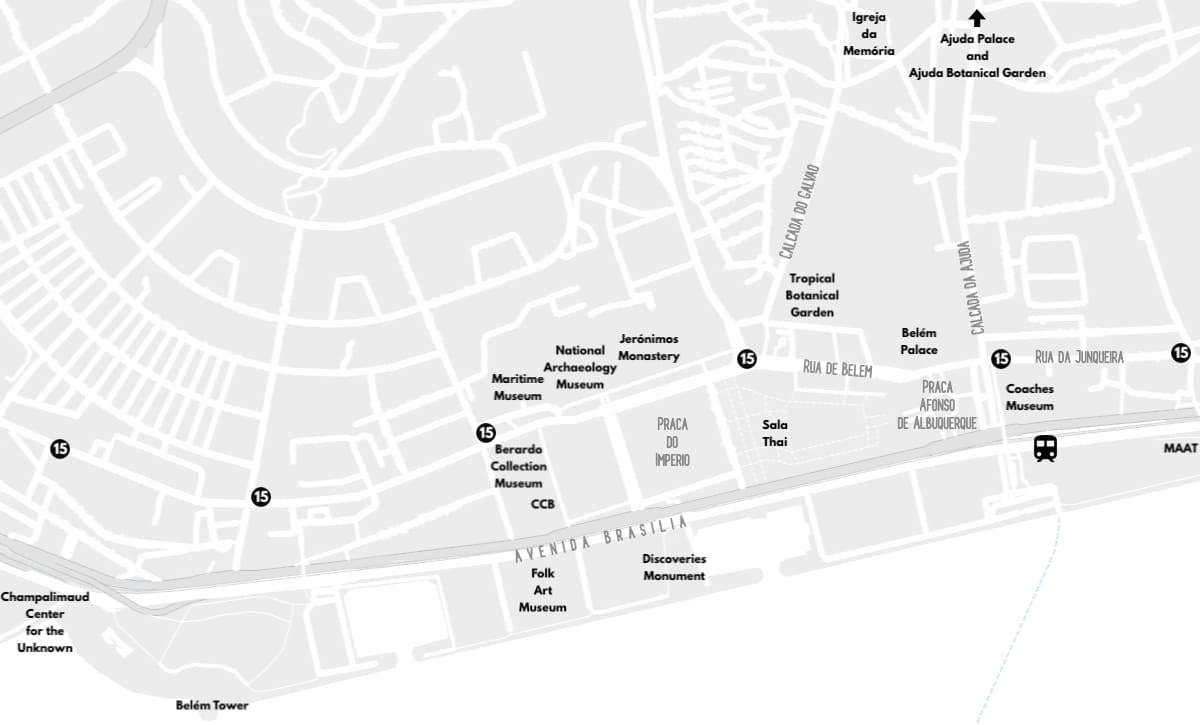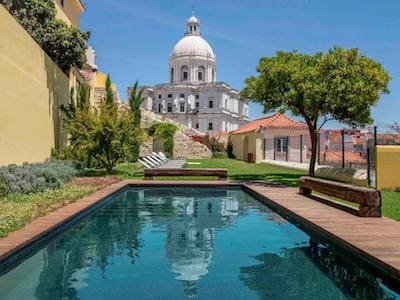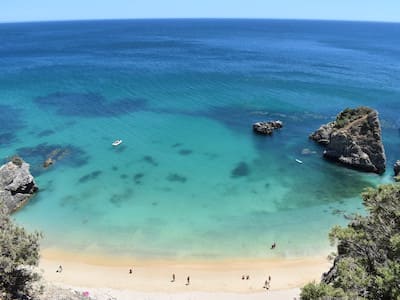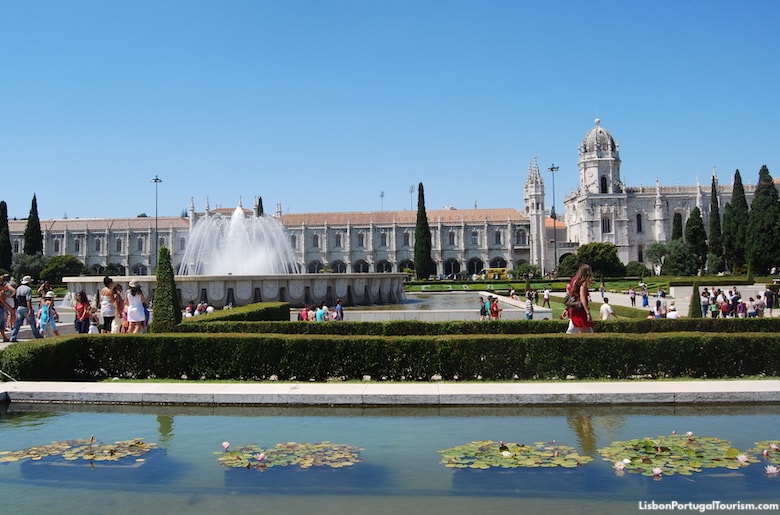
Jerónimos Monastery in Belém
Belém is Lisbon’s westernmost district, the last part of the city before the seaside suburbs. It’s where the Tagus River opens to the Atlantic, so it was from here that many of the ships that mapped the world during the Age of Discovery departed. Vasco da Gama left from these shores to India in 1497, discovering a new sea route to the East, and starting global trade as we know it. Years before, in 1493, Christopher Columbus stopped by on his way back from the New World. Everywhere you turn in Belém is a reminder of those times, and visiting this part of Lisbon is going on a journey through the history of the modern world.
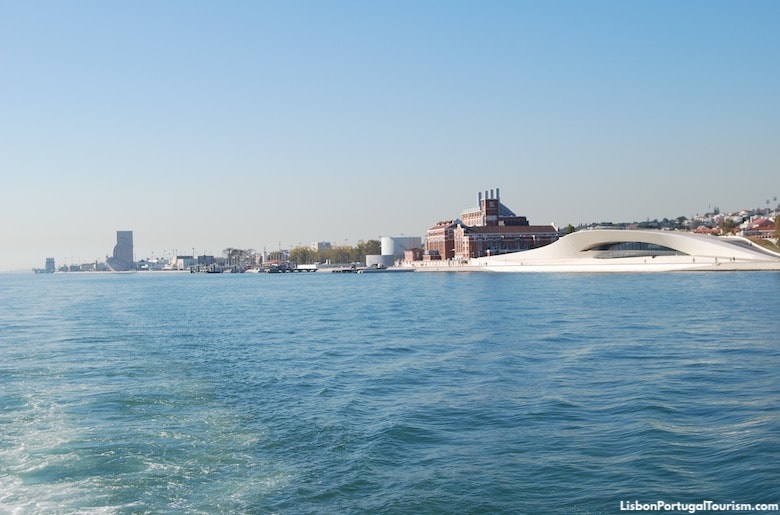
The monuments of Belém seen from a sightseeing cruise
The sensational architecture of the Belém Tower and Jerónimos Monastery (both World Heritage Sites) is the result of the spice trade, the opening of trade with Japan, and the colonization of Brazil and parts of Africa and Asia. These monuments are adorned and embellished with motifs of exotic lands elaborately carved in stone, as are the heroes of the age on the colossal Discoveries Monument.
This is also Lisbon's museum district, with the one-of-a-kind Coaches Museum filled with royal fairytale vehicles, the MAC/CCB showcasing a world-class collection of international modern and contemporary art, and the iconic MAAT.

Belém is Lisbon's westernmost district, where the river becomes the sea
One of the top attractions, however, is a pastry shop. You’ll see people line up outside Antiga Confeitaria de Belém, which is better known as “Pastéis de Belém” (“Belém pastries”), to savor the famous custard tarts that originated here in 1837, using a recipe that remains secret. Tourists and locals have a few in the tiled interior, while others buy a dozen to enjoy at the park across the street.
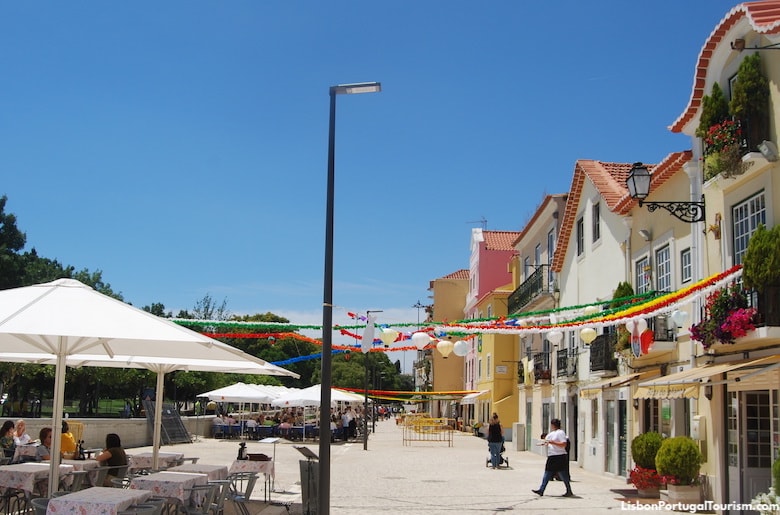
16th-century houses on Rua Vieira Portuense, facing the park across from the Jerónimos Monastery
A row of pretty 16th-century houses with outdoor cafés and restaurants facing the park (on Rua Vieira Portuense) shows what the neighborhood looked like in the days of the explorers, and nearby is a curious 22ft-high Thai pavilion.
Going up the hill, through Calçada da Ajuda, you reach the neighborhood of Ajuda, home to the royal palace and a beautiful botanical garden.
What to See and Do in Belém
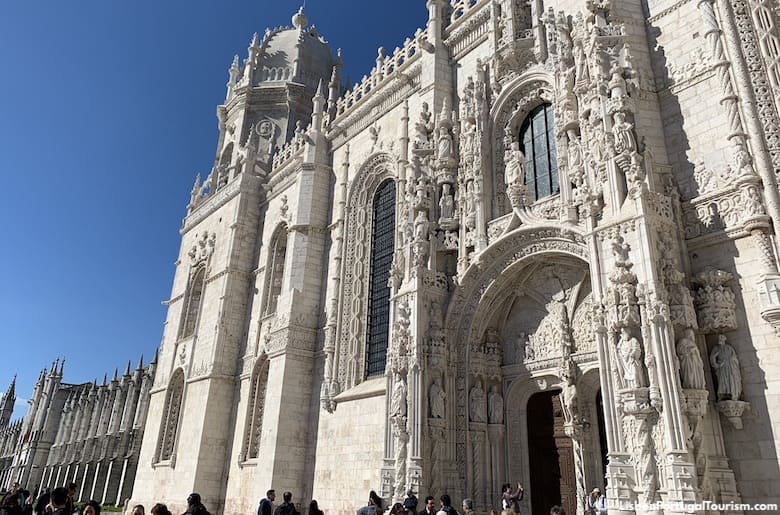
Lisbon’s greatest monument should not be missed by anyone visiting the city. It’s a monastery from the Age of Discovery, with a magnificent church and cloisters unlike any other in the world. It’s a masterpiece of Manueline (Portuguese Gothic) architecture, with sculpted details inspired by the lands and cultures encountered by the Portuguese navigators. The tomb of the most famous one, Vasco da Gama, is found inside the church.
See the Jerónimos Monastery Visitor's Guide.

Lisbon’s most iconic monument may look like a fairytale castle rising from the river, but it was actually a fortress meant to protect the entrance to the city. Its extraordinary stonework and historical significance have made it a World Heritage Site, and a landmark no tourist can miss.
See the Belém Tower Visitor's Guide.
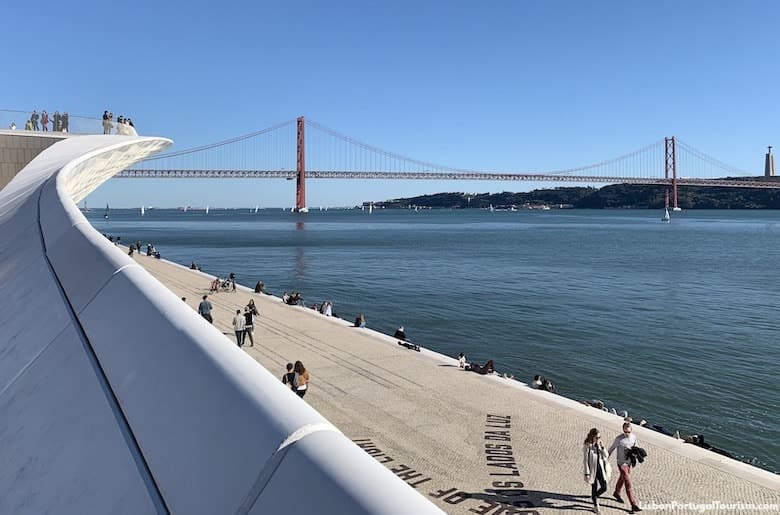
The new building of the MAAT (Museum of Art, Architecture and Technology) is Lisbon’s modern icon. It stands next to a former power plant (which also hosts exhibitions) and is an undulating shell-shaped building which visitors can walk on top of. Outside, it offers a wonderful view of the river and 25 de Abril Bridge, while inside it presents the relationship between art and new technologies, through exhibitions of national and international artists.
See the MAAT Visitor's Guide.
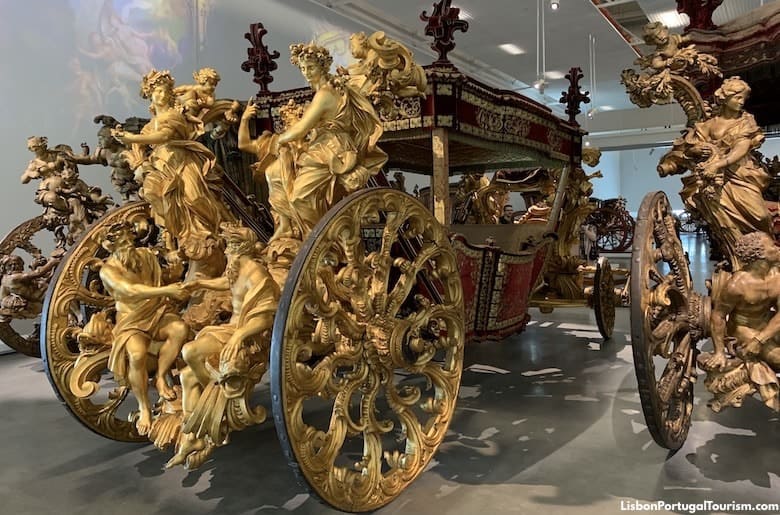
One of Lisbon’s favorite museums, it presents a unique collection of fairytale vehicles used by Portuguese and other European royals. The highlights are the ceremonial carriages from the 1500s to the 1800s, especially the magnificent ones used in an embassy to France’s Louis XIV and Pope Clement XI.
See the Coaches Museum Visitor's Guide.

Lisbon has one of Europe’s leading collections of modern art, and it’s on display at this museum, which includes works by famous names like Picasso and Andy Warhol. It offers a global perspective of visual arts from the 20th century to today, with an emphasis on European and American art.
See the MAC/CCB Museum Visitor's Guide.
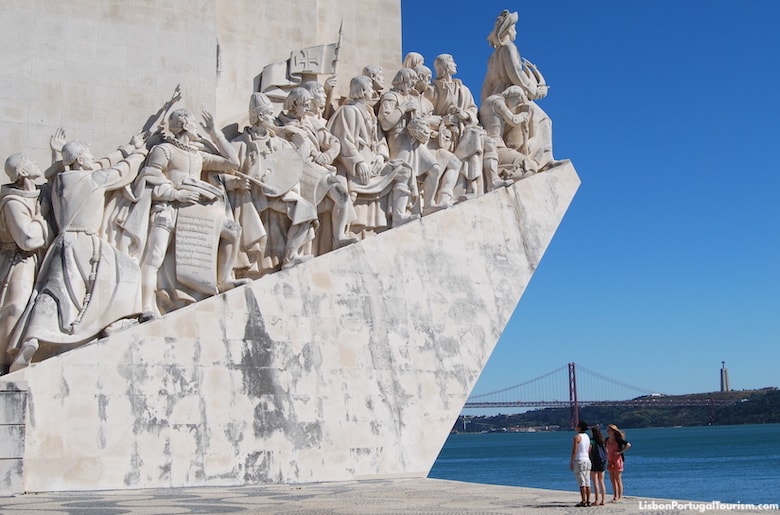
Inaugurated in 1960, the year of the 500th anniversary of the death of Prince Henry the Navigator, this ship-shaped monument on the waterfront evokes the Portuguese Age of Discovery. It shows Prince Henry leading 32 other personalities of the time, while inside it presents temporary exhibitions, and has an elevator that takes visitors to the top, for bird’s-eye views of Belém’s monuments.
See the Discoveries Monument Visitor's Guide.
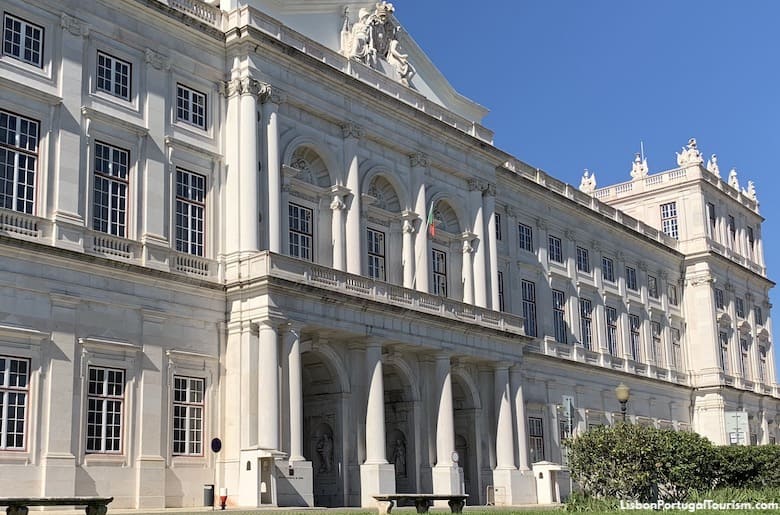
Portugal’s last royal palace was built on a hill above Belém, after the royal residence on the waterfront was completely destroyed in the 1755 earthquake. Its ostentatious interior can be visited, and it’s currently in the process of creating a museum to display the Crown Jewels.
See the Ajuda Palace Visitor's Guide.
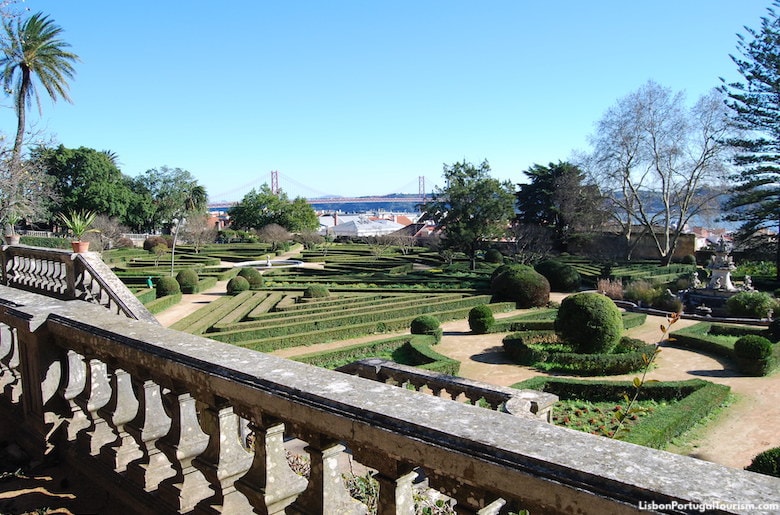
Portugal’s first botanical garden was laid out by the royal family in 1768, but was nearly destroyed in the French invasion of Portugal in 1808. It has been restored, and offers a beautiful view from its two levels covered in tropical trees and exotic plants. It should be combined with a visit to Ajuda Palace across the street.
See the Ajuda Botanical Garden Visitor's Guide.
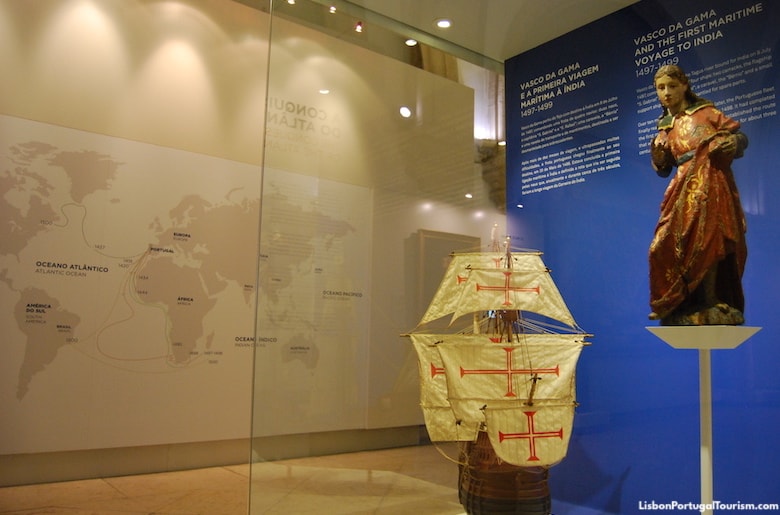
Portugal’s pioneering role in the exploration of the oceans is explained at this museum through models of ships from the Age of Discovery, ancient globes, and old maps. It also displays the plane that made the first crossing of the South Atlantic in 1922, piloted by Portuguese aviators. Other highlights include 17th-century astrolabes found on shipwrecks, and a royal yacht.
See the Maritime Museum Visitor's Guide.
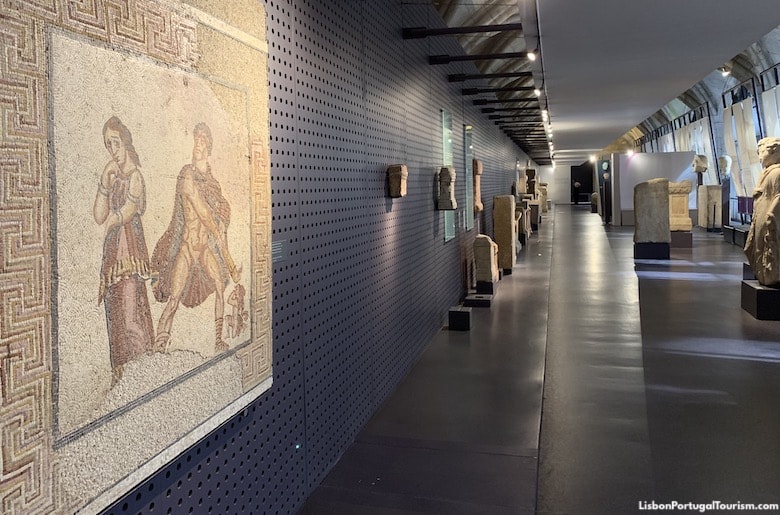
The former dormitory of the Jerónimos Monastery now houses a collection of ancient artifacts found around Portugal. It includes jewelry, sculptures, and mosaics, dating back to the country’s Celtic and Roman past. One of the rooms also has a small number of pieces from ancient Egypt, which were donated to the museum.
See the National Archaeology Museum Visitor's Guide.

Lisbon's most important cultural center is a limestone building with inner courtyards and terraces with olive trees. It was originally built to host Portugal's presidency of the European Union in 1992, and today regularly presents world-class performances in the city's largest auditorium. It's also home to the MAC/CCB museum (see above), and to cafés and restaurants overlooking the river. Its biggest annual event is the springtime "Dias da Música," a weekend-long festival of classical music.
Praça do Império
Opens every day
www.ccb.pt
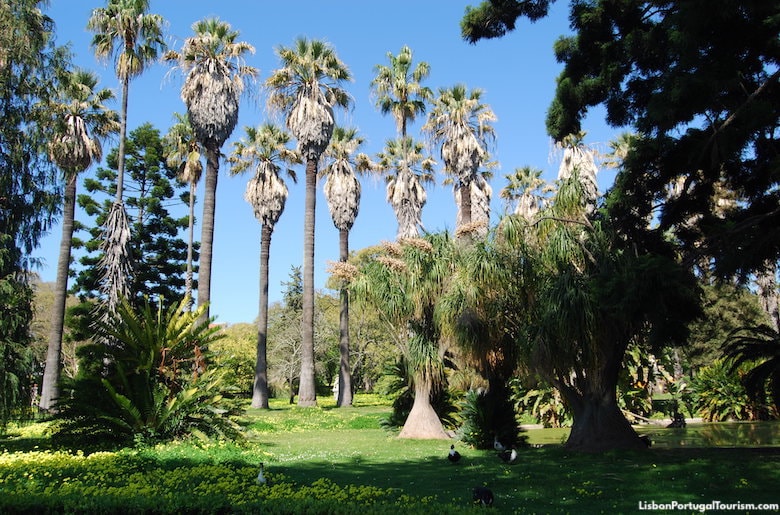
Created in 1906 as “Jardim do Ultramar” (“Garden of the Overseas Colonies”), this tropical garden has exotic foliage from different parts of the globe. Busts of Africans and Asians are dotted around, and a Macanese arch marks the entrance to an Oriental garden. Peacocks, ducks, geese, swans, and even chickens, walk around giant palm trees or swim on the ponds.
See the Tropical Botanical Garden Visitor's Guide.
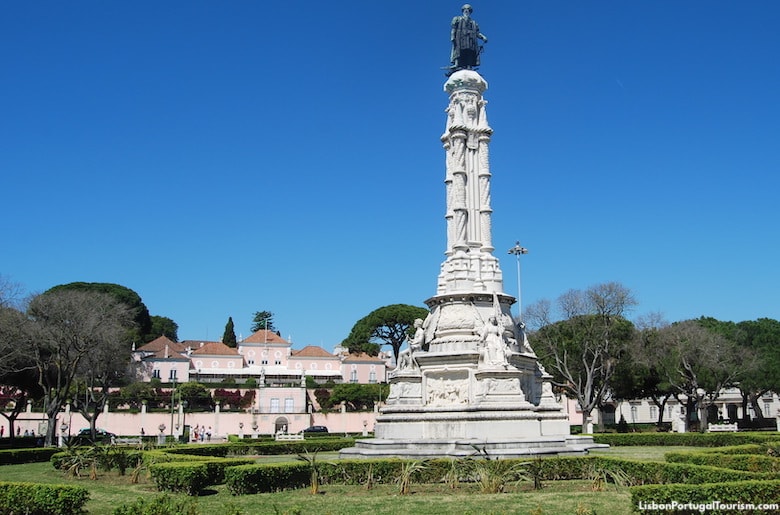
This “pink house” was built in the 1500s, and is now the official residence of the President of Portugal. It opens its gardens to the public on Saturdays, and there’s a museum chronicling the history of the Portuguese Republic through the Presidents' official portraits and personal objects, many of them gifts from notable national and international personalities.
Guards stand at the entrance, facing the Afonso de Albuquerque Garden, a tribute to the Portuguese viceroy of India. A statue of Albuquerque stands on a pedestal in the center of the garden.
See the Belém Palace Visitor's Guide.
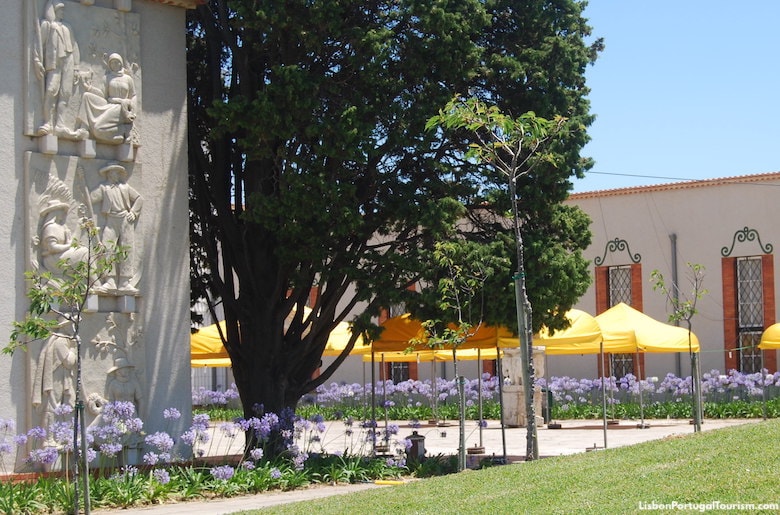
Inaugurated in 1948, in an old pavilion of the Portuguese World Exhibition of 1940, this museum was meant to showcase folk art from Portugal’s different regions. It amassed a collection of 15,000 pieces of pottery, jewelry and musical instruments to explain the national traditions, and offered regional handicrafts at the shop. However, it closed in 2006, but a petition with thousands of signatures convinced the Ministry of Culture to reopen it in 2010 with temporary exhibitions. After some works and changes in the exhibition space, the museum permanently reopened in December of 2016, also for temporary exhibitions, but this time complemented by a selection of pieces from the collection. In the interior you can also see a series of murals from the 1940s, created by different artists, illustrating peasants wearing traditional garments from the various regions of the country.
Avenida Brasília
It's closed on Mondays and Tuesdays
museuartepopular.wordpress.com
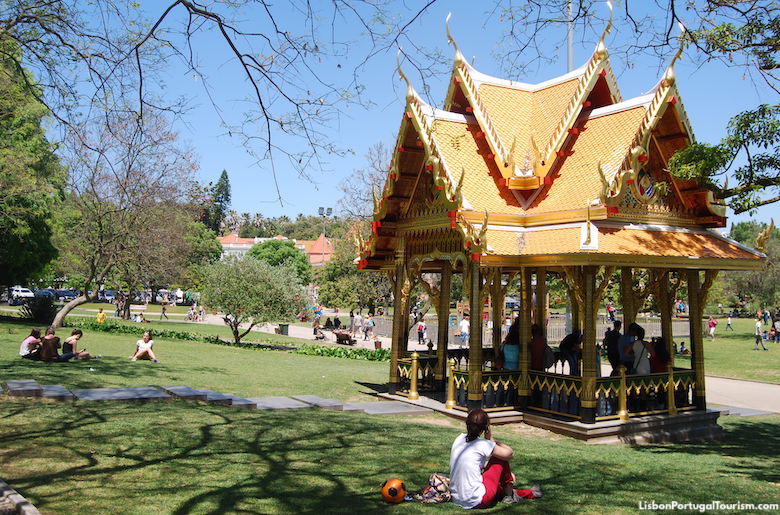
A 7m-/22ft-high Thai pavilion was offered to Portugal by Thailand, to commemorate the 500th anniversary of the Portuguese arrival in that Asian country. Built in Bangkok, the monument was shipped to Lisbon following the same route of Portuguese navigator-diplomat Duarte Fernandes in 1511. The official inauguration was in February of 2012 in the presence of Crown Princess Maha Chakri Sirindhorn, reaffirming the diplomatic relations between Portugal and her country, the oldest alliance between a European nation and Thailand. It's one of only four similar structures found outside Thailand, and can be seen in the gardens of Belém, across the road from the monastery.
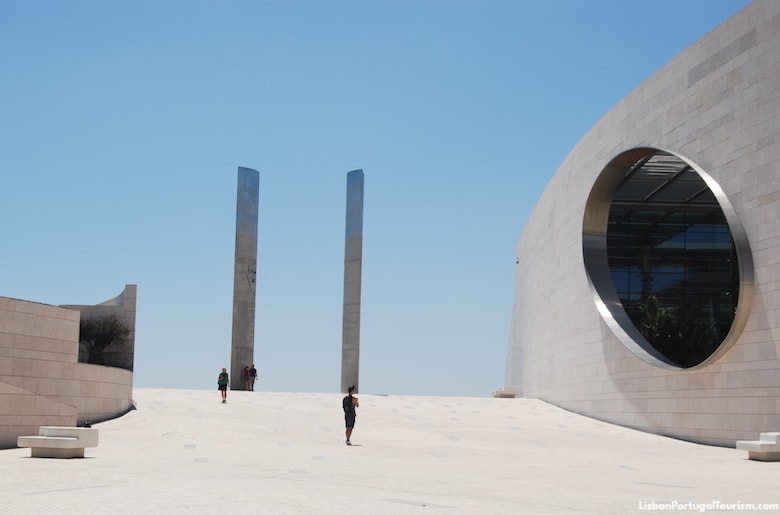
The state-of-the-art building of a private biomedical research foundation stands on the waterfront, by a tiny beach and a landscaped promenade used for jogging, fishing, cycling, and open-air workouts. Everyone is free to climb up to the building’s terraces and amphitheater, from where there’s a view of Belém Tower and 25 de Abril Bridge. The same view may be enjoyed from the foundation’s café-restaurant, and is particularly beautiful at sunset.
See the Champalimaud Center for the Unknown Visitor's Guide.
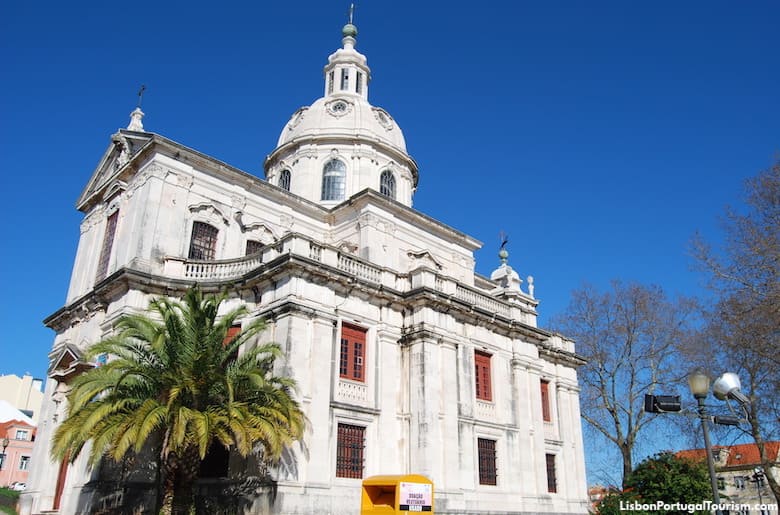
This neoclassical church with a small dome was built in the late 18th century in memory of the failed assassination attempt on King José I on the site. It has a marble interior and holds the tomb of the Marquis of Pombal, the man responsible for the reconstruction of Lisbon following the 1755 earthquake.
Calçada do Galvão
Usually opens from Monday to Saturday from 2pm to 7pm, and on Sundays from 8am to 12pm.
How to Get to Belém
Although most people go to Belém by tram, it’s much quicker, cheaper and more comfortable to take the train from Cais do Sodré. For complete details, see the guide to how to go to Belém by train, tram or bus.
“The Belém Bundle”
You can save time by getting your tickets online for Belém’s top attractions (the Jerónimos Monastery and Belém Tower), plus get a Lisbon audio guide for your smartphone: The Belém Bundle
Where to Stay in Belém

Facing the river between the Discoveries Monument and Belém Tower, this 5-star design hotel has a Discoveries theme. This was the departure point of the voyages of Vasco da Gama and other explorers, but today modern travelers will make their own discoveries on the site, especially at the Michelin-starred restaurant. There’s also a second more informal restaurant for meals at any time of the day, and a bar with terrace. In total, there are 50 rooms, including five suites, and a spa with indoor and outdoor pool, and a gym.
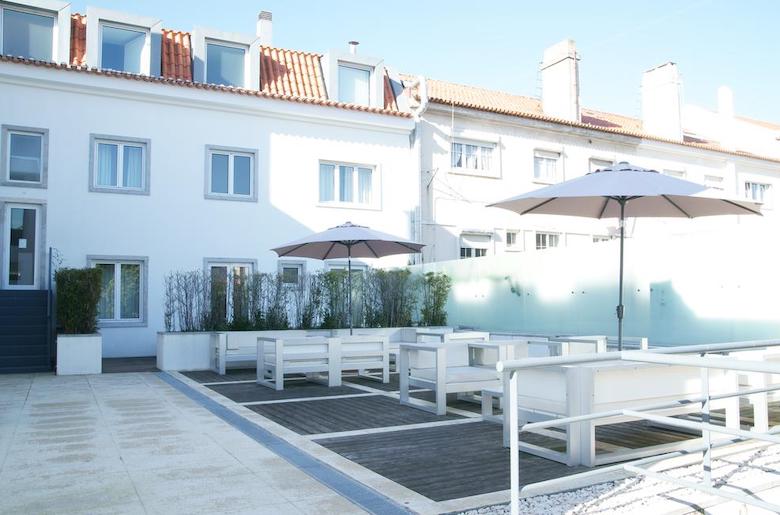
It’s located next to the Jerónimos Monastery, but this hotel’s inspiration is modern design. It mostly uses white, red, and brown throughout its 65 minimalist rooms, and offers a pleasant sun deck and an Asian-inspired garden. At the bar, guests enjoy a glass of wine from the famous Palace Hotel Bussaco in central Portugal, owned by the same company.

The residence of Belém Tower’s governor has been turned into a luxury hotel that’s also an authentic museum. The building dates back to the 1500s, but is now divided into 60 rooms spread over four floors. The interior was given nautical motifs by award-winning designer Nini Andrade Silva, and mixing with the modern design are historical pieces, including the original tile panels and several Roman artifacts from the 1st to the 5th centuries, discovered during the building’s renovation. They’re seen at the entrance, while inside there’s also space for a restaurant and a spa. Outside there’s a large swimming pool facing the Belém Tower.
